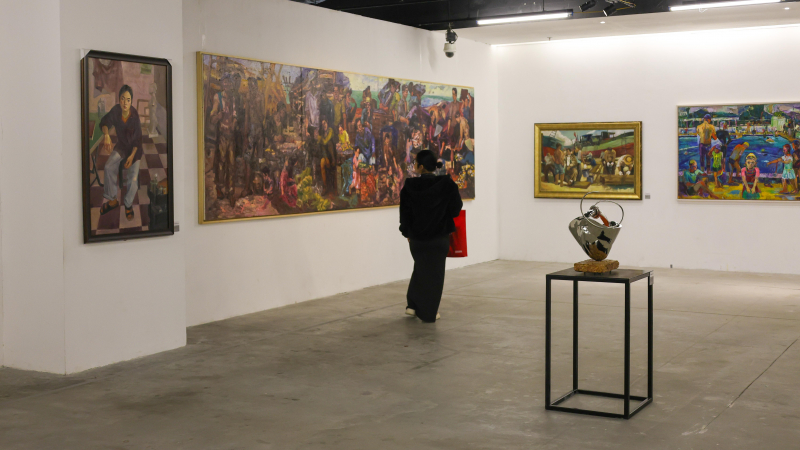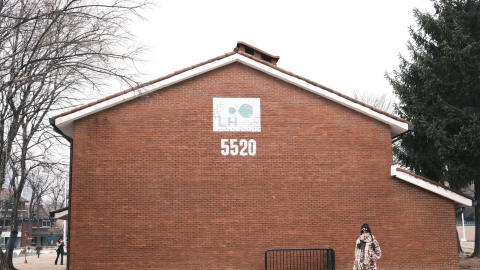Tomb of Tu Duc is known to many as one of the most beautiful works of royal architecture of the Nguyen Dynasty located in the land of the Ancient Capital, this is also the resting place of King Tu Duc. Possessing a charming and elegant landscape full of Confucianism, Tomb of Tu Duc promises to be a memorable destination in the journey to explore Hue.
The resting place of a learned king with a poetic soul
King Tu Duc, whose real name was Nguyen Phuc Hong Nham, was one of the longest-reigning kings of the Nguyen Dynasty (1848-1883). He was not only known as a talented politician, but also an excellent poet, writer, historian, and calligrapher. He was considered the most literate emperor of the Nguyen Dynasty, with many valuable literary and historical works.
Khiem Lang was built from 1864 to 1867, located in a quiet and peaceful area, about 12 km from Hue city center. Tu Duc Tomb is located in a valley in Duong Xuan Thuong village, Cu Chanh commune, Thuy Bieu commune. Currently Thuy Ba village, Thuy Xuan ward, Hue city, only 6 km from Hue city center.
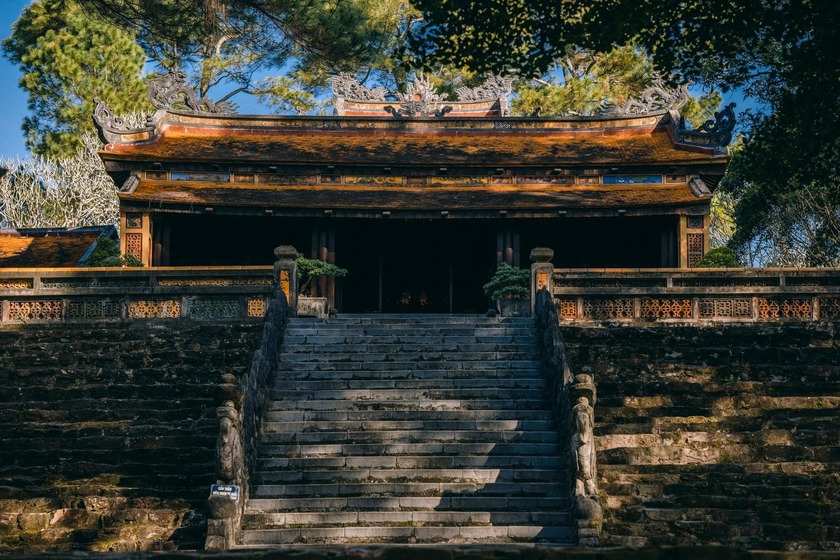
The architecture of Tu Duc's tomb reflects the personality of a king with the heart of a poet.
The architecture of Tu Duc Tomb clearly reflects the character of the Nguyen Dynasty king, full of majesty but still gentle, poetic and poetic. The land for construction is divided into two main areas including the temple and the mausoleum. There are nearly 50 large and small constructions, most of which have the word Khiem in their names. Tu Duc Tomb is considered one of the most beautiful mausoleums of the Nguyen Dynasty.
Tu Duc Tomb is not only the resting place of a king, but also a unique cultural, historical and architectural symbol of Vietnam. This tomb is honored to be recognized as one of the four most beautiful tombs in the ancient capital of Hue, an affirmation of its timeless artistic and architectural value.
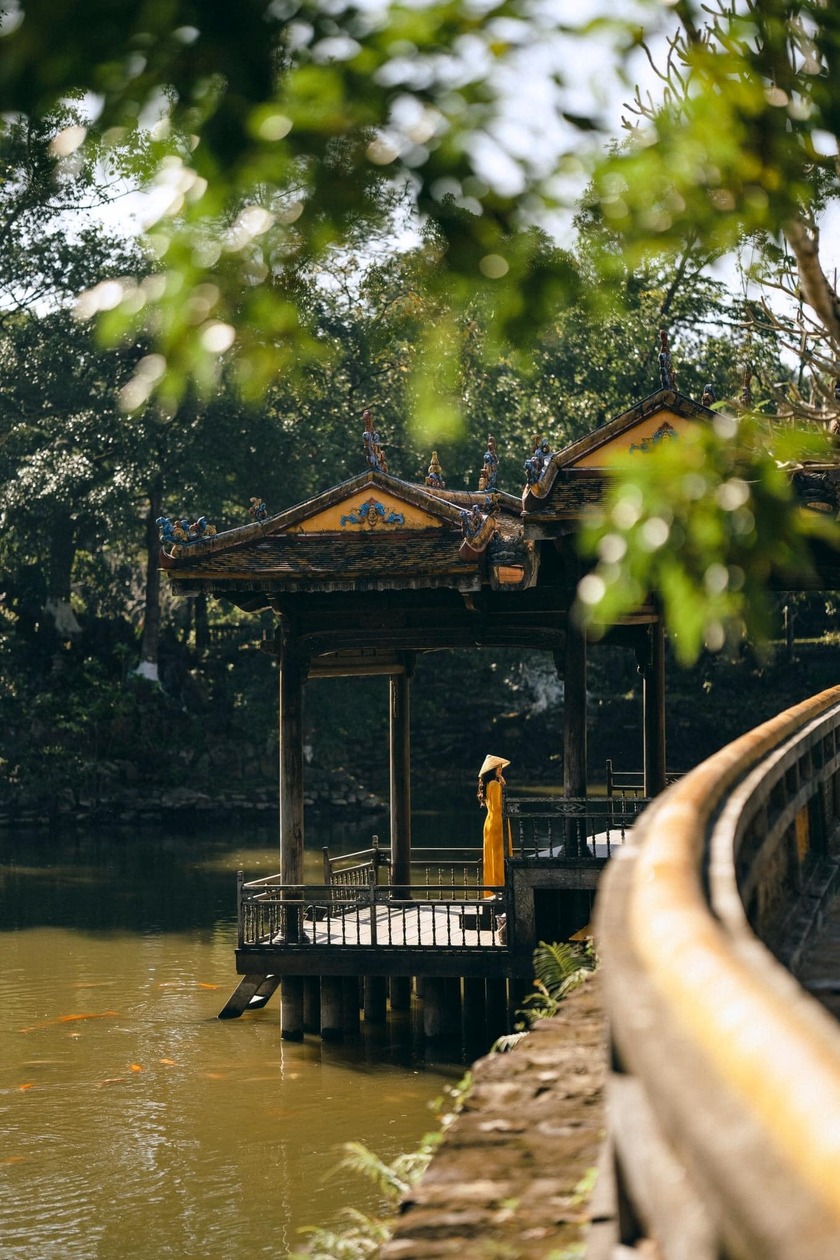
This place is gentle and peaceful, a peaceful place for many people.
And not only that, Tu Duc Tomb was also recognized by UNESCO as a World Cultural Heritage, a noble title, certifying the global value of this historical relic. This recognition is not only the pride of Hue people, but also of the entire Vietnamese nation.
In addition, Tu Duc Tomb is also one of the first historical relics in Vietnam to be included in the 3D digital museum under the Google Arts & Culture project. This allows visitors around the world to admire the beauty of the tomb vividly and realistically right on the computer screen or mobile phone.

Khiem Lang was completed in 1873 - at that time King Tu Duc was still alive so this place was called Khiem Cun by the king.
With its great historical, cultural and artistic values, Tu Duc Tomb has become one of the most famous tourist attractions in Hue, attracting thousands of visitors every year. Visitors come here not only to admire the unique architectural beauty of the tomb, but also to learn about the history and culture of the Nguyen Dynasty and the life of a talented and multifaceted king.
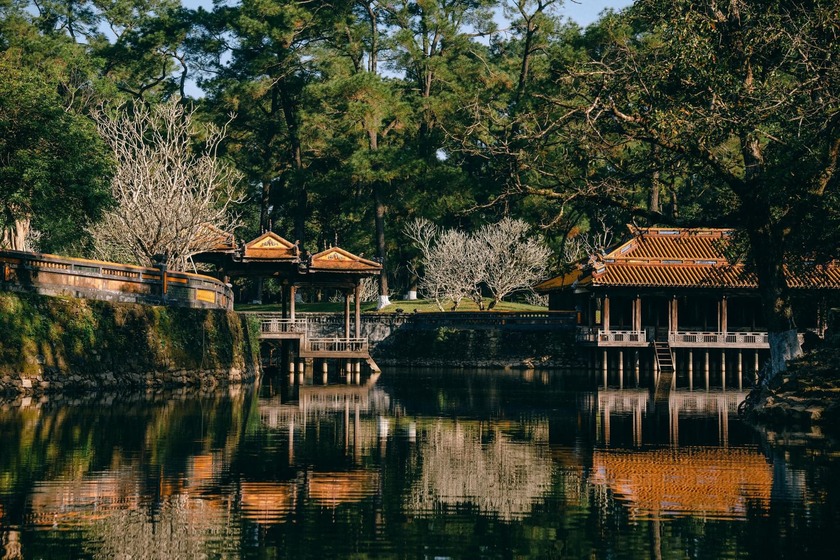
The layout of the mausoleum consists of two main parts, arranged on two parallel axes of the mausoleum and temple, with Giang Khiem mountain in the front as the front screen, Duong Xuan mountain as the back pillow, and Luu Khiem lake as the main element.
A place of "beautiful mountains and rivers" that captivates people's hearts
In December 1864, the Tu Duc Tomb project officially began with the contribution of more than 6,000 soldiers and workers to dig trenches, build ramparts, build citadels and tombs. Tu Duc Tomb went through many name changes before being called Khiem Lang until now. Previously, the king named the tomb Van Nien Co with the meaning of a project that will last forever.

Nowadays, this relic is also one of the most popular tourist attractions in the ancient capital of Hue.
He calculated that the construction time of the mausoleum would be about 6 years. However, in order to complete the project quickly, the royal court mobilized hundreds of thousands of workers, laborers and soldiers to work hard in the harsh weather of the ancient capital. This was the direct cause leading to the Chay Voi rebellion of the Doan Huu Trung brothers in 1866. Although quickly suppressed, the uprising really affected the reputation of this king.
To appease the people, he had to write a petition, changing the name from Van Nien Co to Khiem Cung. The word "Khiem" here means modesty, humility. All the large and small constructions in the mausoleum also have the word "Khiem" in their names. In 1873, Khiem Cung was officially completed. 10 years later, when King Tu Duc passed away, the mausoleum was officially renamed Khiem Lang and has existed until today, parallel to the familiar name Tu Duc Tomb that everyone often calls.
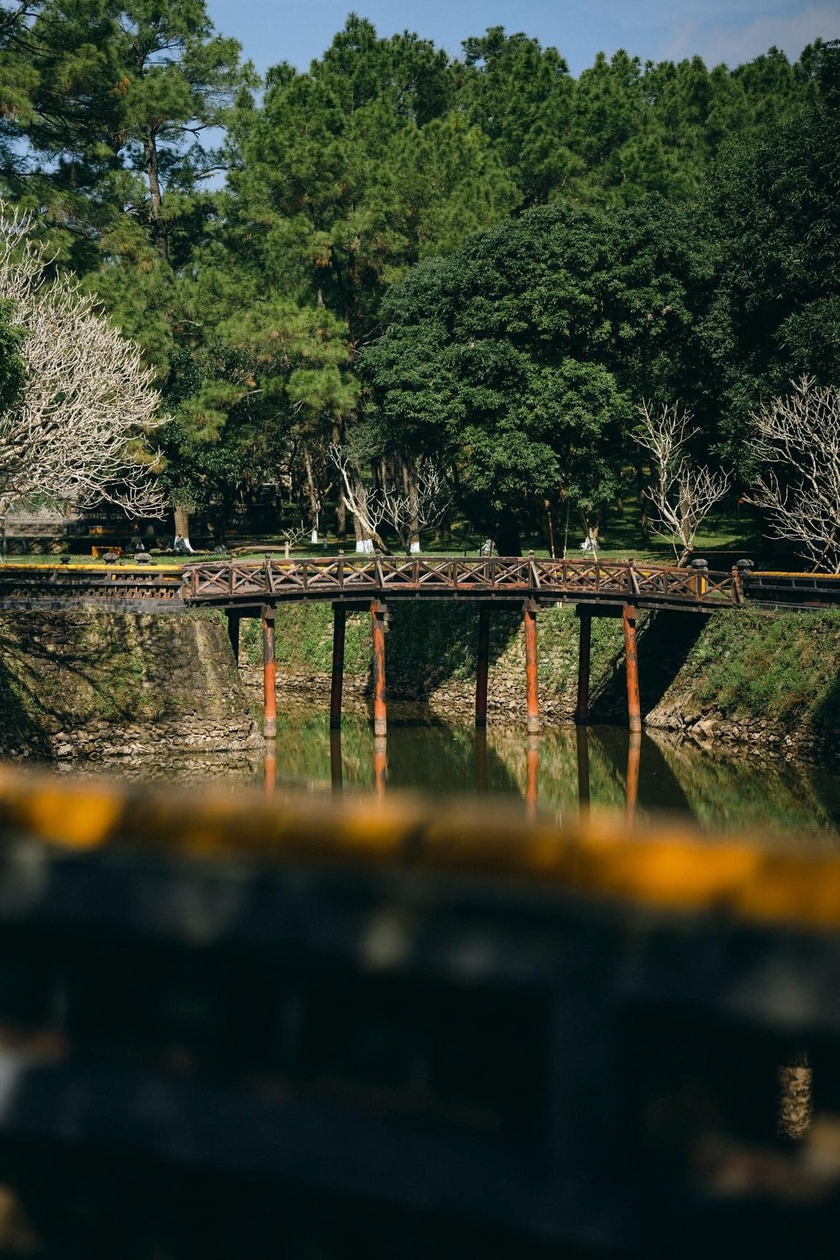
Located peacefully in a mountainous location, this place will bring many interesting experiences to visitors.
From the first moment you set foot here, visitors will be amazed by the poetic beauty and charming landscape of Tu Duc Tomb. The space here seems to be separated from the noisy, bustling world outside, bringing a feeling of peace and relaxation to an unusual extent.
If Gia Long Tomb has an ancient, quiet beauty, reminiscent of a bygone era, Minh Mang Tomb is the most majestic and magnificent, showing the grandeur of the Nguyen Dynasty, Khai Dinh Tomb is designed in a style that blends classical and modern features, with a bit of innovation in construction materials and decoration, then Tu Duc Tomb possesses a more elegant and poetic appearance. Tu Duc Tomb is not only the resting place of a king, but also a unique work of art, a harmonious combination of architecture and nature.

Being king in a difficult social context, attacked by foreign invaders, and having family conflicts, King Tu Duc, to escape this harsh life, built a mausoleum as a second palace.
From above, visitors can have a panoramic view of the mausoleum and the surrounding natural landscape. The clear blue lakes, winding stone paths, shady rows of ancient trees... all create a picturesque landscape, making people feel relaxed and calm.
Tu Duc Tomb is divided into two main areas including the temple area and the tomb with nearly 50 large and small structures spread out. These two parts are arranged parallel to each other, the front is Giang Khiem mountain, the back is Duong Xuan mountain, the main hall is Luu Khiem lake.
The architectural works, from the majestic shrines to the quiet tombs, are arranged harmoniously and delicately in the Tu Duc Tomb grounds. The space here does not bring a feeling of being too dense and stuffy, but instead is airy and spacious, helping visitors feel relaxed and comfortable right from the first steps.
The rows of green pine trees rustle, winding along the winding stone-paved roads, creating a beautiful and peaceful natural scene. The small, quiet lake reflects the cool green trees and ancient architectural works like a vivid ink painting.

Peaceful scenery in the forbidden palace
All of these elements blend together to create a mausoleum space that both retains the utmost majesty of the royal palace and exudes a romantic, soaring atmosphere befitting a king with a poetic soul.
In particular, when coming here, you must visit Khiem Cung Mon in Tu Duc Tomb. This is a two-story watchtower-shaped structure located on a high ground, in line with Du Khiem Ta, in the middle is Hoa Khiem Palace. This structure was built next to a lake with the "minh duong" element to "gather water, accumulate blessings". During his lifetime, King Tu Duc often stopped by to rest whenever he had the opportunity to visit the mausoleum. This was also the place where he regularly handled the affairs of the court. When he passed away, Hoa Khiem Palace was used as a place to worship his and his queen's tablets.
At Khiem Cung Mon, people often release lotus flowers. When the flowers bloom, the gentle fragrance is carried by the wind throughout the space, making anyone who comes here feel strangely light and peaceful. In the middle of the lake, there are other small islands for growing flowers and raising animals. Around Khiem Cung Mon are Xung Khiem Ta and Du Khiem Ta. This is where the king often sits to read books, recite poems and enjoy the charming natural scenery with the scent of the fields and the chirping of birds calling their flocks.
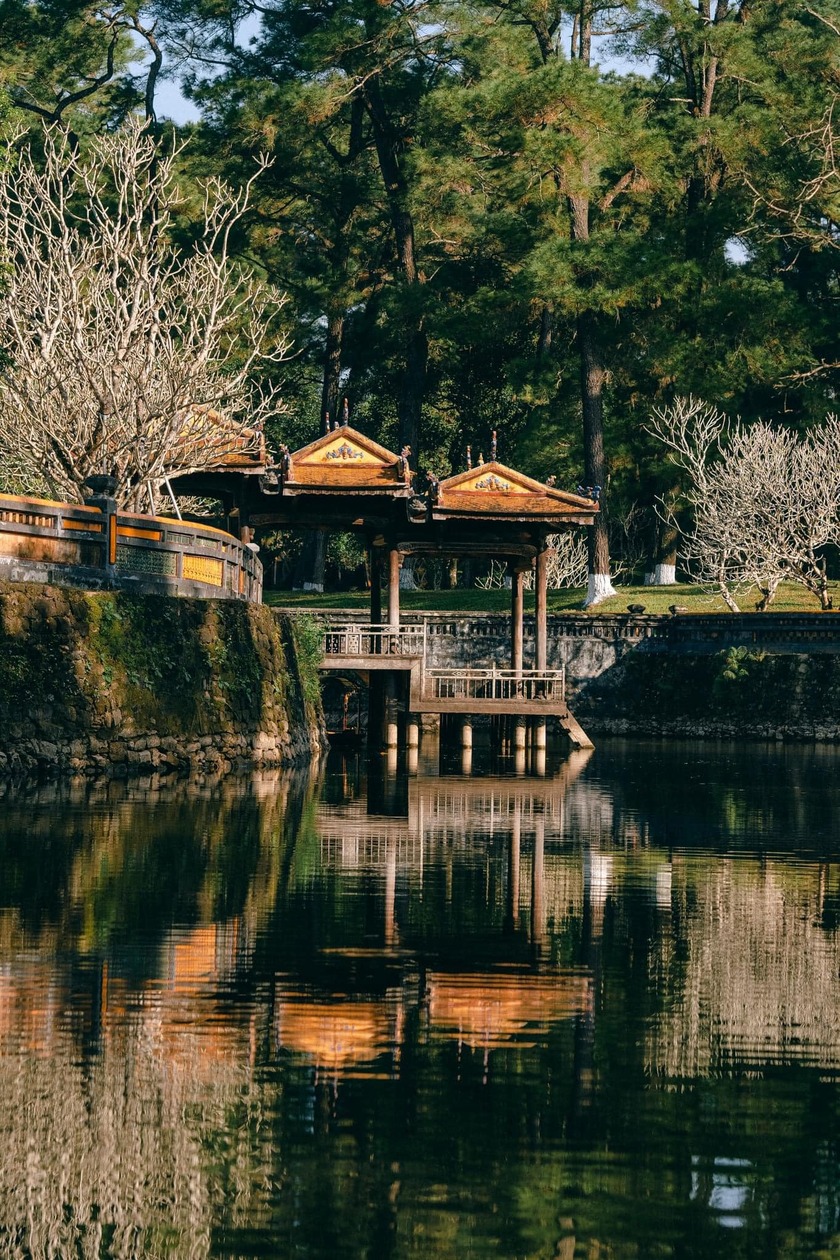
This place preserves the prosperity of a dynasty, and is also the romantic soul of a benevolent king.
Through the ups and downs of history, Tu Duc Tomb still stands tall, majestically in the middle of the ancient capital of Hue, as a witness to heroic history, the clearest evidence of a glorious period of a learned and profound king. Time can fade the walls, erode the patterns, but cannot fade the cultural and historical values that Tu Duc Tomb carries within itself. Similar to other ancient structures in Hue, Tu Duc Tomb is like an ancient painting, exuding a nostalgic aftertaste but still strangely charming and attractive.
If you have the opportunity to visit the ancient capital of Hue on a sunny day, do not forget to visit Tu Duc Tomb to admire the ancient, majestic beauty and feel the peaceful, relaxing atmosphere here. Tu Duc Tomb will definitely be a memorable destination in your journey to explore the ancient capital of Hue.








